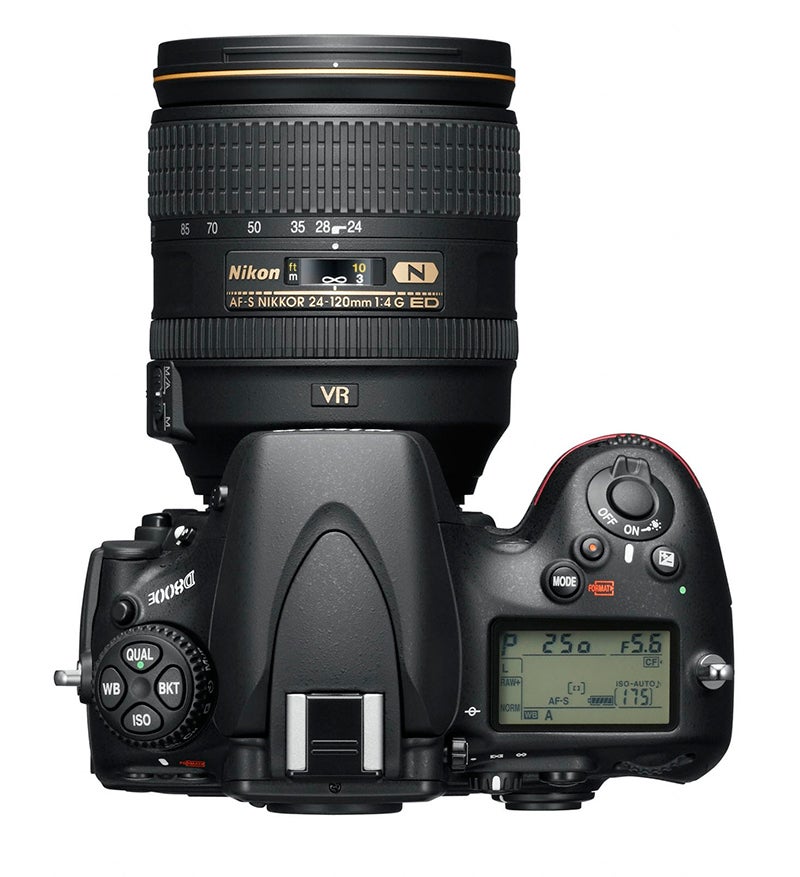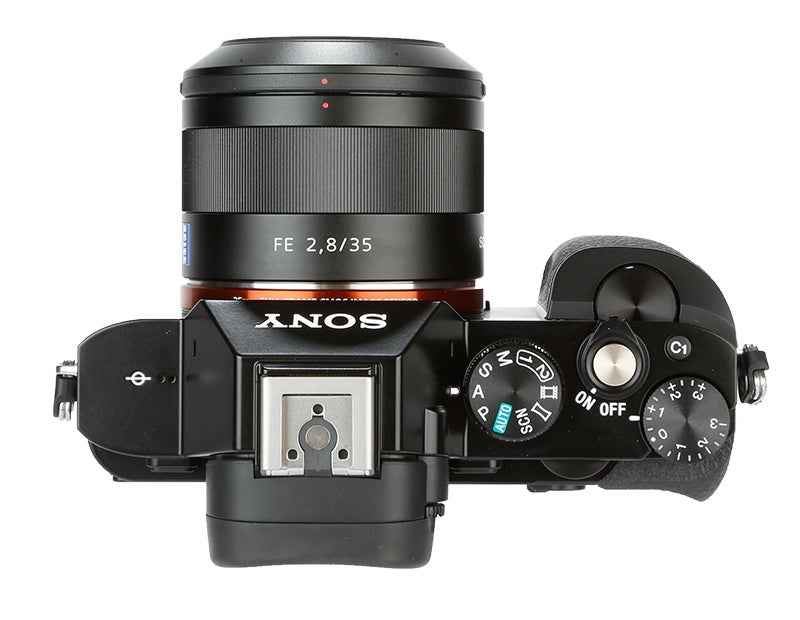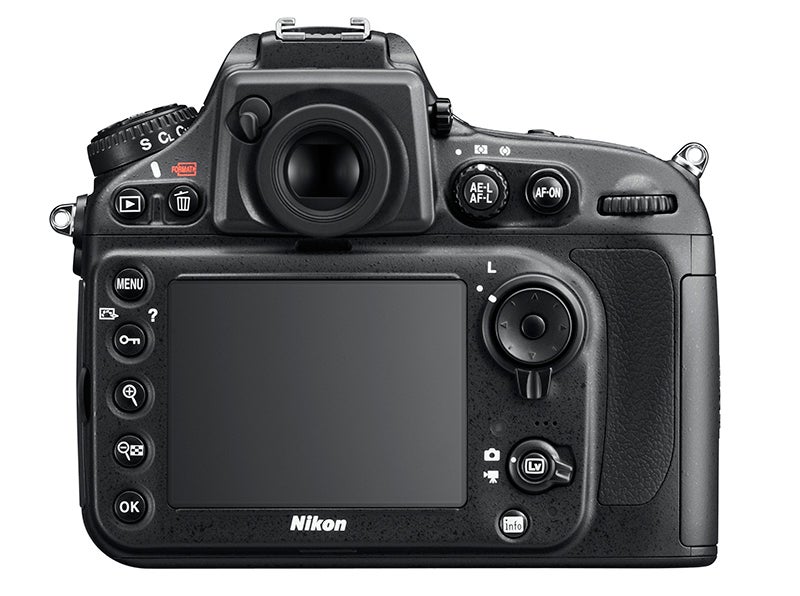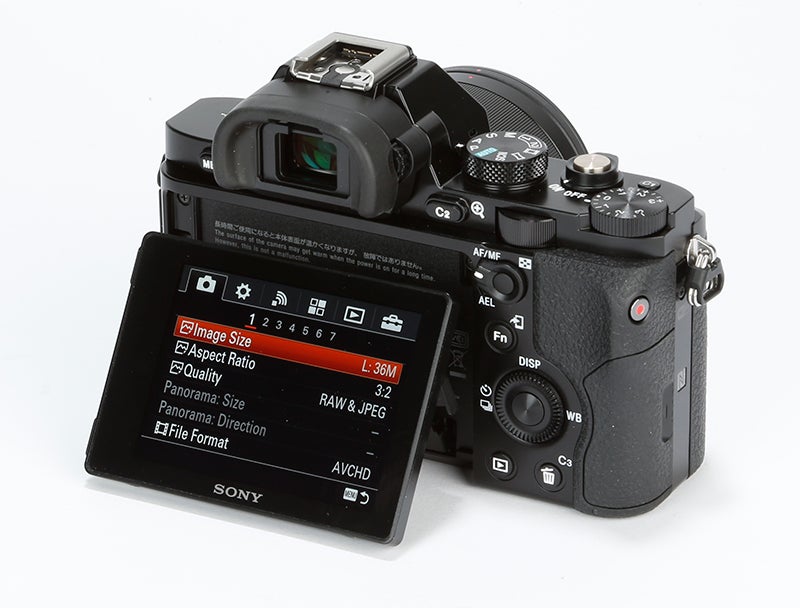Nikon D800E vs Sony A7R – Performance
Nikon D800E vs Sony A7R – Performance

The trade off for choosing a camera with such a high resolution is the continuous speed it can offer. The large file sizes demand so much from the processor, neither camera can shoot at what we’d call a breathtaking pace, with the D800E capable of 4fps in its continuous high speed (CH) mode – a speed matched by the A7R set to its speed priority continuous mode.
Loaded with identical SanDisk ExtremePro SDHC cards, the A7R sustained a continuous burst of 15 Raw files at 4fps, a figure lower than the 18 recorded by the D800E. Set to Raw&JPEG, the A7R rattled out the same number of frames, with the D800E‘s count reducing to 16 frames. Switching the format to JPEG, the D800E shot 32 frames at 4fps as opposed to 17 frames on the A7R.

Turning attention to focusing speed, the A7R‘s autofocus detection range runs from EV0 to EV20, whereas the D800E is the more responsive at detecting a low-light scene with a range that goes down to -2EV. Field testing in low-light revealed the D800E‘s phase detect AF system was always the first to lock on to our subjects, with the A7R‘s contrast-detect AF system putting up more of a fight, with occasional signs of hunting before the focus beep indicated correct focus had been achieved.
It goes without saying the D800E is much faster set to continuous AF too, with further signs of hunting from the A7R in a comparative test focusing between near and far subjects.
LCD screen

Whereas the D800E‘s screen is the marginally larger of the two, it’s the fixed type unlike the A7R‘s that is bracketed on a hinge, which allows it to be pulled out and tilted down by 45 degrees or up by 90 degrees to aid low-level shooting. Each display offers excellent clarity and sharpness for reviewing images, but on the subject of review and playback, the way the A7R zooms into 100% instantly after using the zoom button quickly becomes tiresome and there is no such problem on the D800E, which lets you zoom in and navigate an image in playback mode more gradually.

As briefly mentioned earlier, the D800E is more instinctive to use. One example of this is when it comes to repositioning the AF target – something all photographers want to be able to do quickly with minimal fuss. While all it requires is a tap of the dpad to move the AF point on the D800E, the A7R requires you to locate and depress a custom button beside the shutter on the top plate first – a noticeably slower process.
While the D800E has buttons on the body for virtually all frequently used functions and modes, the A7R‘s petite body doesn’t allow for this, with settings such as white balance, metering mode and focus mode tucked away in a quick menu instead.
As for the interfaces, the D800E‘s main menu settings are broken down into six categories just like the A7R. The only difference is that these are positioned at the side rather than the top, with the type being displayed on black compared to dark grey on the D800E.





